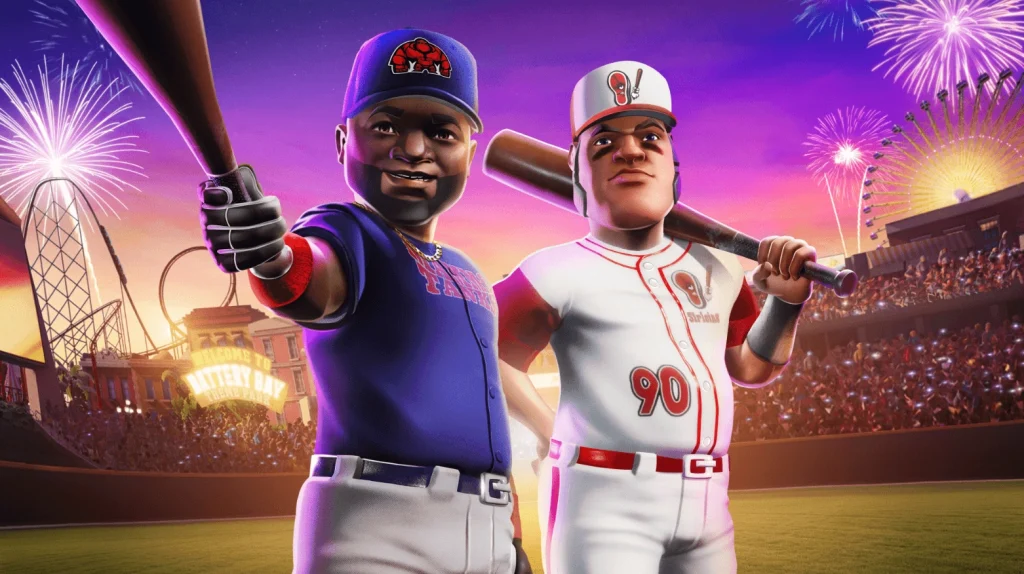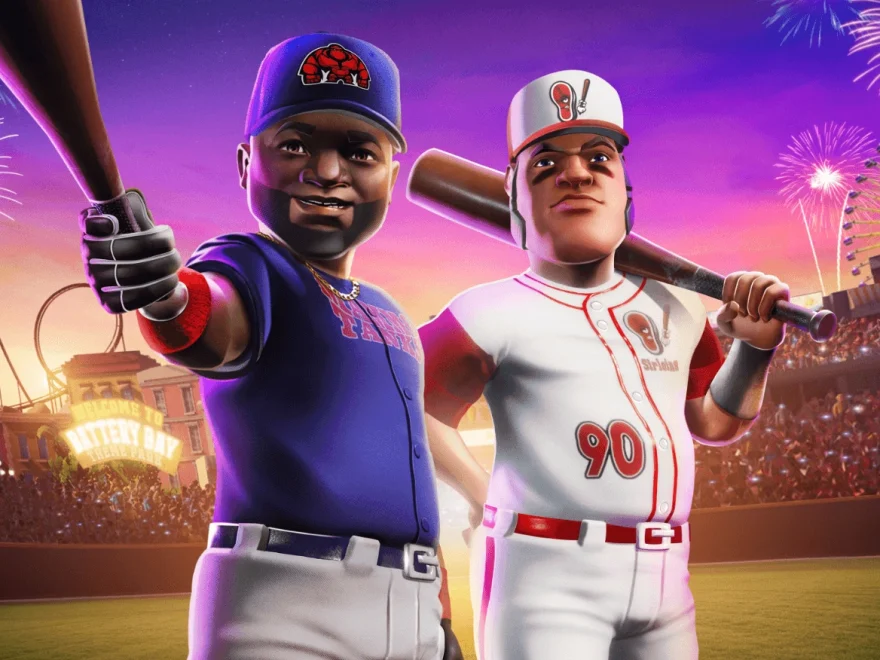If you’ve ever asked, how long is a baseball game, you’re in good company. As America’s pastime evolves, so too does the pace of play. Whether you’re planning to catch a game live at the stadium or stream it from your couch, knowing what to expect in terms of duration can make all the difference.
While the charm of baseball lies in its timeless flow—no game clock, no rush—recent rule changes and strategic innovations have started reshaping how long fans are watching. Let’s break it down.

Content
Average Length of MLB Game
As of the most recent seasons, the average length of an MLB game sits around 2 hours and 40 minutes, a noticeable improvement from earlier decades when three-hour games were the norm. This average reflects regular-season games that conclude in 9 innings, not accounting for extra innings, which can add substantial time.
Previously, games regularly crossed the 3-hour threshold due to frequent pitching changes, longer plate appearances, and a lack of time restrictions between pitches. For context, in 2021 the average MLB game took 3 hours and 10 minutes—almost 30 minutes longer than today.
Factors Affecting Baseball Game Duration
The baseball game duration can vary greatly depending on multiple factors:
- Offensive output: Games with high run totals or lots of base runners tend to be longer.
- Pitching strategy: Managers using multiple relievers to handle specific batters can extend game time.
- Replay reviews: While helpful for accuracy, replay challenges add time between innings and during key plays.
- Inning length: While each game technically has 9 innings, extra innings can extend games well past the average.
- Pace of player transitions: Substitutions, warmups, and mound visits all contribute to overall time.
Even fan-favorite events like walk-off home runs or dramatic extra innings games add unpredictability to how long you’ll be watching.
The Role of MLB’s Pace of Play Rules
To make games more accessible for modern audiences, MLB pace of play rules were introduced, including:
- Pitch Clock: 15 seconds to deliver a pitch with bases empty; 20 seconds with runners on.
- Batter Timeouts: Hitters are allowed only one timeout per at-bat.
- Disengagement Limits: Pitchers may only step off the rubber twice per plate appearance.
- Automatic Balls and Strikes: Violating pitch clock rules can result in automatic calls by the umpire.
These updates, while controversial at first, have largely been embraced and credited for the sharp drop in game time without compromising entertainment value.
Shortest and Longest Baseball Games in History
The record for the shortest baseball game remains a 1919 contest between the New York Giants and Philadelphia Phillies that lasted just 51 minutes. Meanwhile, the longest baseball game ever recorded took 8 hours and 6 minutes over 25 innings, when the Chicago White Sox and Milwaukee Brewers battled it out in 1984.
Modern games rarely approach such extremes, but doubleheaders, weather delays, and marathon extra-inning games can still stretch viewer patience—and concession stands.
How Long Is a Baseball Game at Other Levels?
Baseball isn’t one-size-fits-all when it comes to duration. Here’s how how long is a baseball game differs across leagues:
- Minor League Baseball: Typically wraps up in about 2 hours and 30 minutes, thanks to pitch clocks being tested early at these levels.
- College Baseball: Often mirrors MLB in structure but tends to take around 3 hours, especially during playoff or championship formats.
- High School Baseball: Generally consists of 7 innings and lasts 1.5 to 2 hours, depending on competitiveness and pitching speed.
For youth leagues or recreational play, expect even quicker games, sometimes under 90 minutes.
How Long Should You Plan For?
If you’re attending an MLB game, it’s wise to budget at least 3 to 3.5 hours for the full experience. This includes:
- Pre-game ceremonies
- Delays due to weather or replay reviews
- Time between innings and pitching changes
- Crowds during entry and exit
For TV or streaming, the experience may be shorter depending on how you watch—many fans now opt to skip commercials or use condensed game formats.
Why Game Length Still Matters
In a world of TikToks, streaming series, and fast-paced lifestyles, the traditional baseball game had to adapt. The success of the MLB pitch clock and related rules proves that even a sport deeply rooted in tradition can evolve to meet modern expectations without losing its soul.
By addressing the issue of game duration, MLB has managed to hold onto its loyal fan base while opening the doors to younger, attention-sensitive audiences.
Conclusion
So, how long is a baseball game today? On average, just under 3 hours—but with the pitch clock and other reforms, games are moving faster than they have in decades.
Whether you’re a lifelong fan or a newcomer looking to understand the rhythm of the sport, knowing what to expect helps you enjoy the game more fully. From average length of MLB game stats to the strategic depth that unfolds over nine innings, baseball continues to deliver timeless drama—now on a more efficient timeline.
Next time someone asks, you’ll know: baseball isn’t just about innings—it’s about moments, and today, you can enjoy them all in record time.
FAQs
How long is a baseball game on average?
The average MLB game lasts around 2 hours and 40 minutes in 2025, thanks to pace-of-play rules like the pitch clock.
How long is a high school baseball game?
High school baseball games usually last about 1.5 to 2 hours and are played over 7 innings instead of the MLB’s 9.

Jerald is a blogger with a passion for technology who has been writing about the latest in the world of gadgets and gizmos. They are an avid reader of Science-Fiction novels and love to spend time with their wife and kids.

